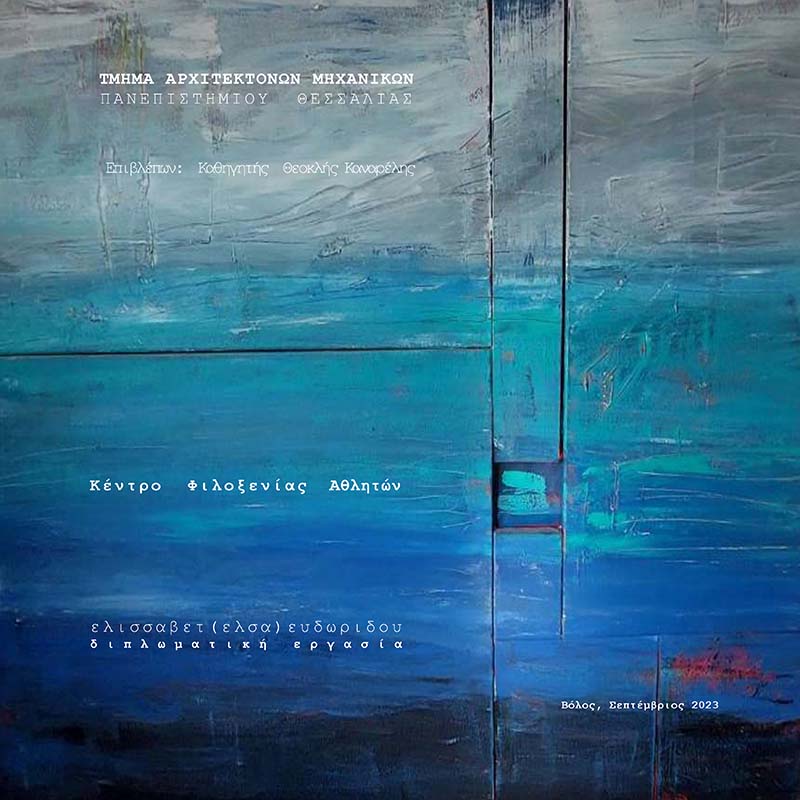

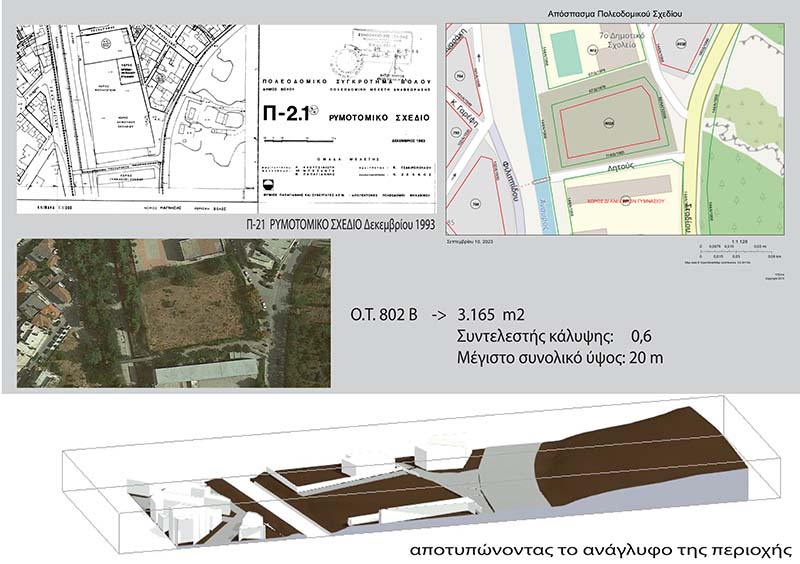

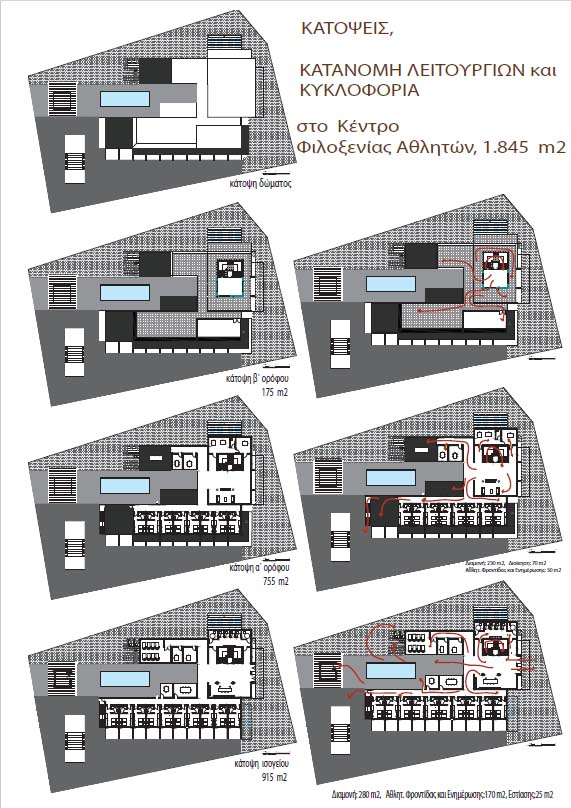

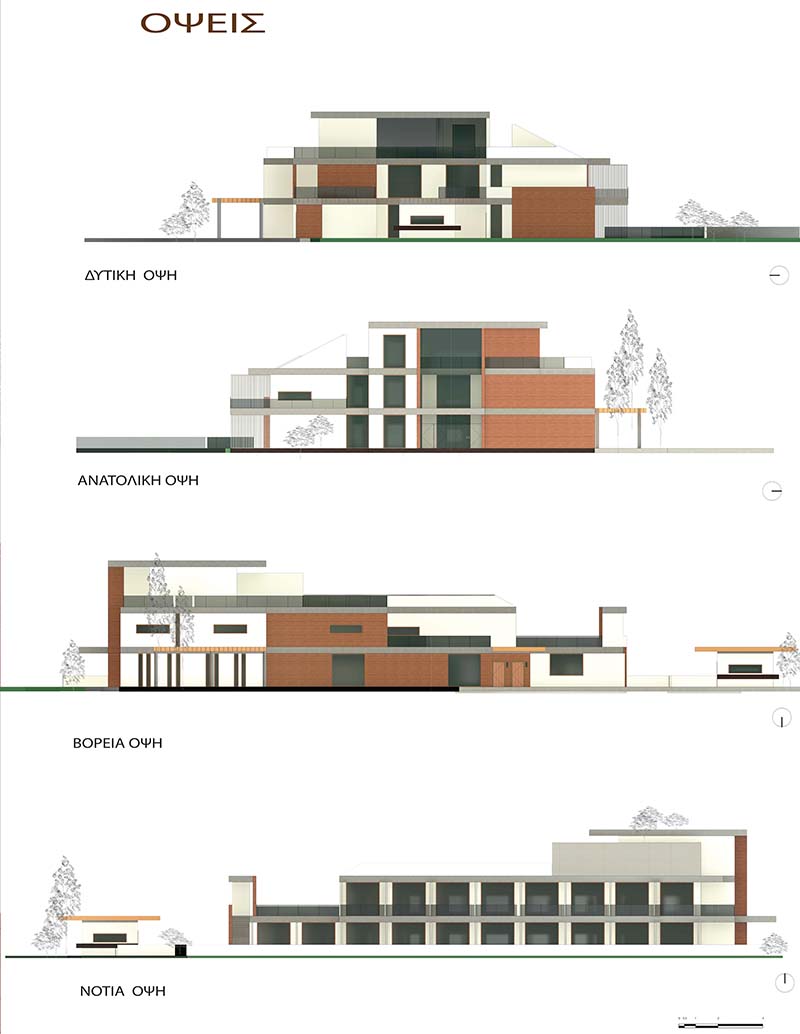

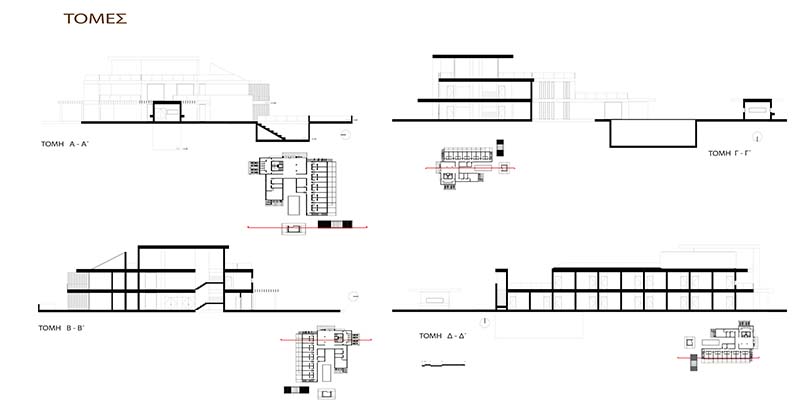

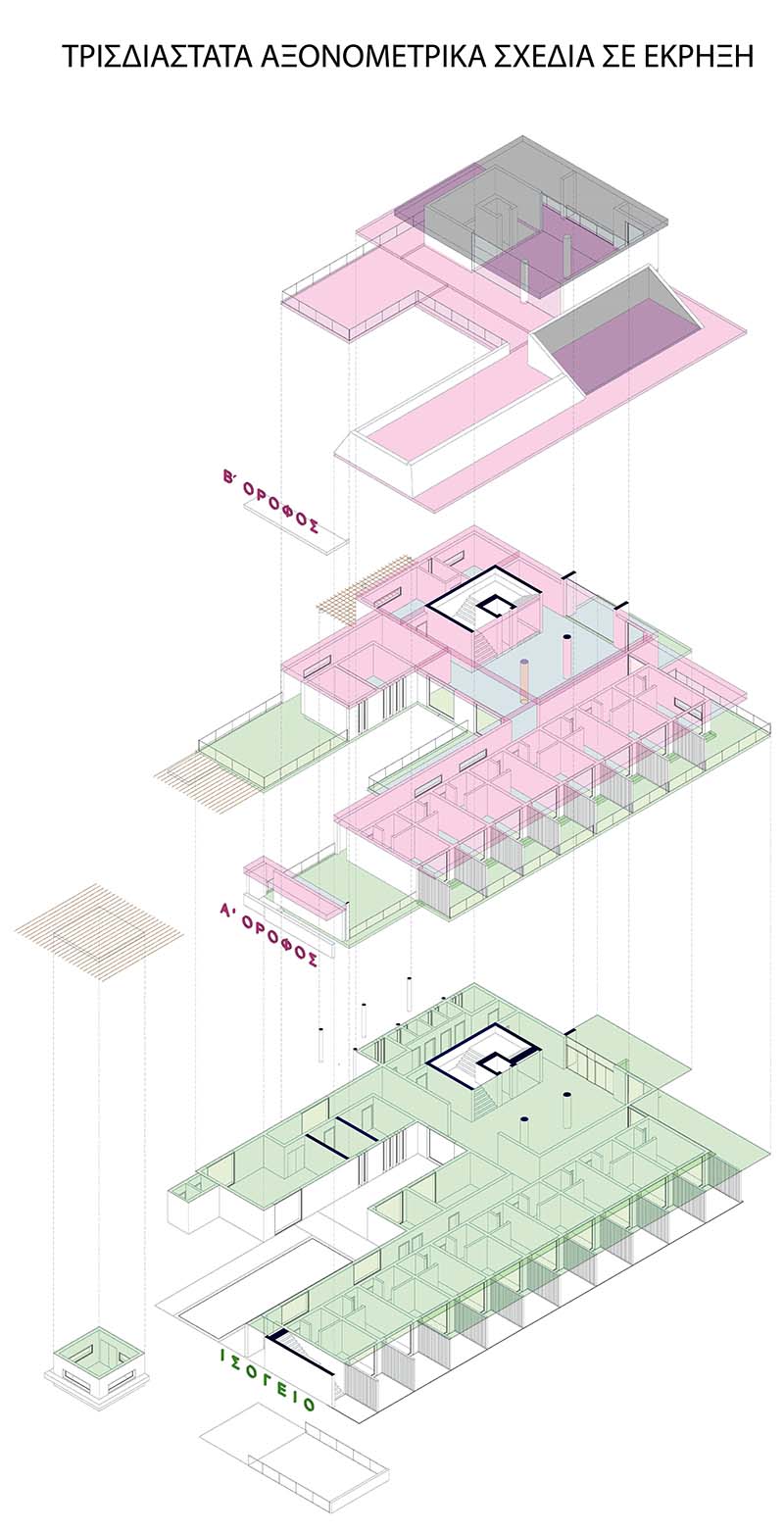

This thesis focuses on the projection of an Accommodation Centre for Athletes, especially for those dealing with nautical sports.
Nowadays, athletes and their coaches either stay in hotels even far away from the venues or the training places, unless they prefer the short-term rental accommodation.
In other words, they do not have the opportunity to receive specialized care such as: sports doctor's services, physiotherapist, training pool, meeting rooms, and specialized nutrition in extended service hours as well as spacious double rooms ensuring thermal comfort.
This is the "gap" that this diploma thesis for the time being, ‘studies’, presenting in microscale how 18 rooms can be supported by the above mentioned specialized facilities for athletes.
Supervisor: Kanarelis Theoklis
Reference Number: 1019
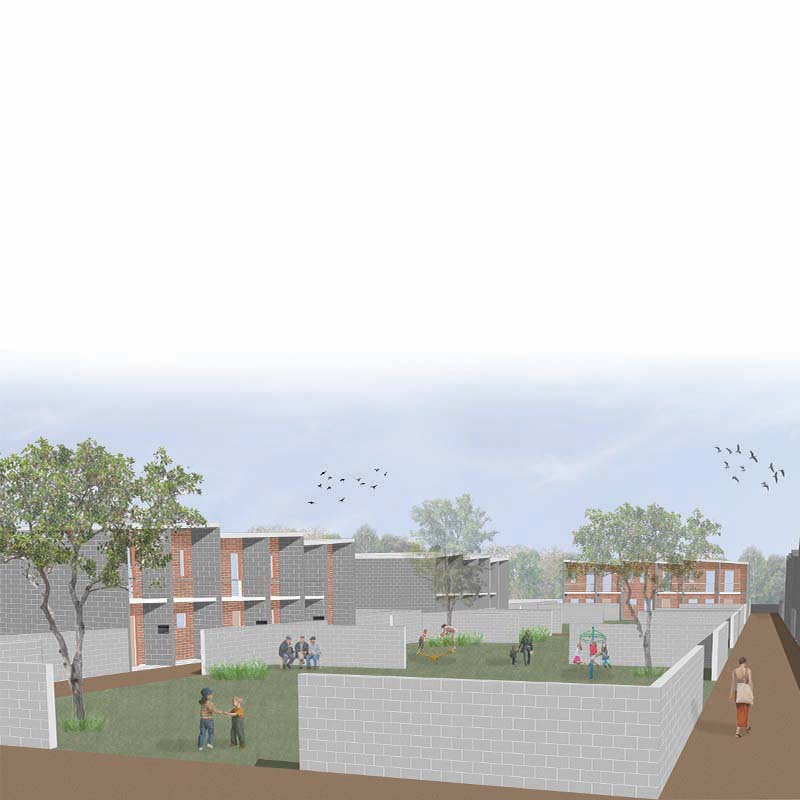

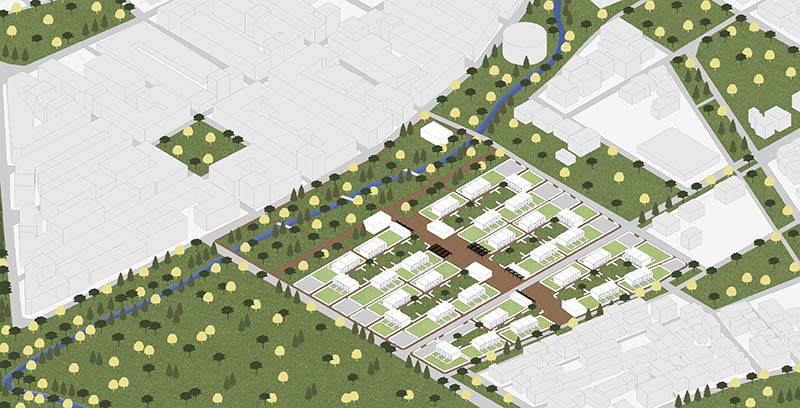

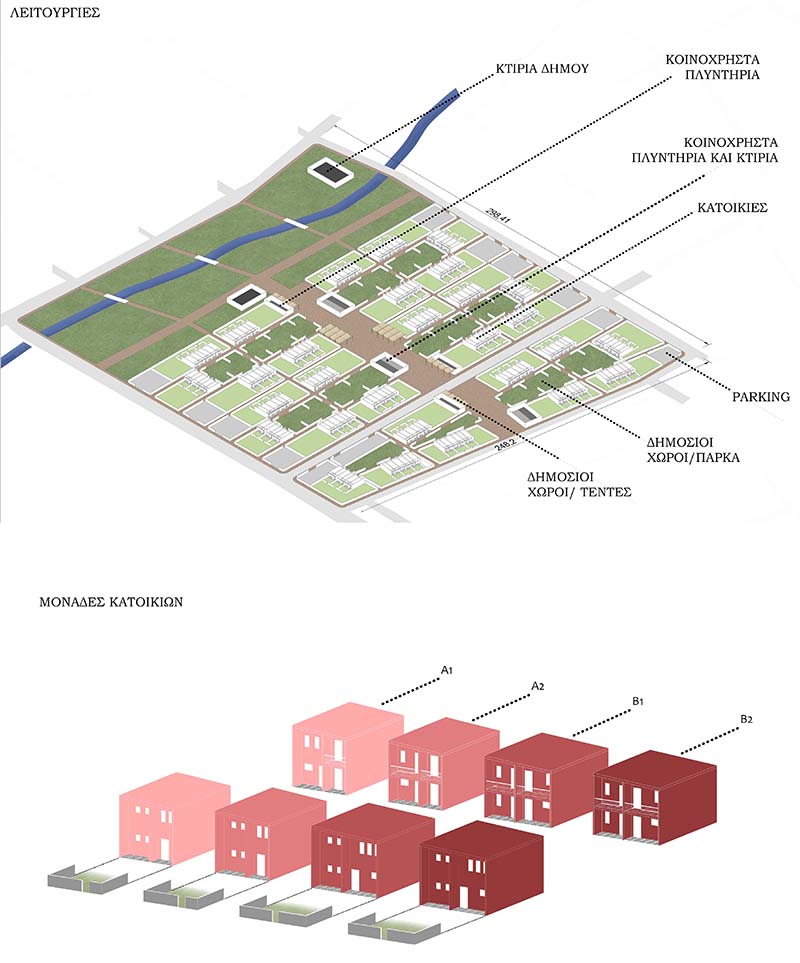

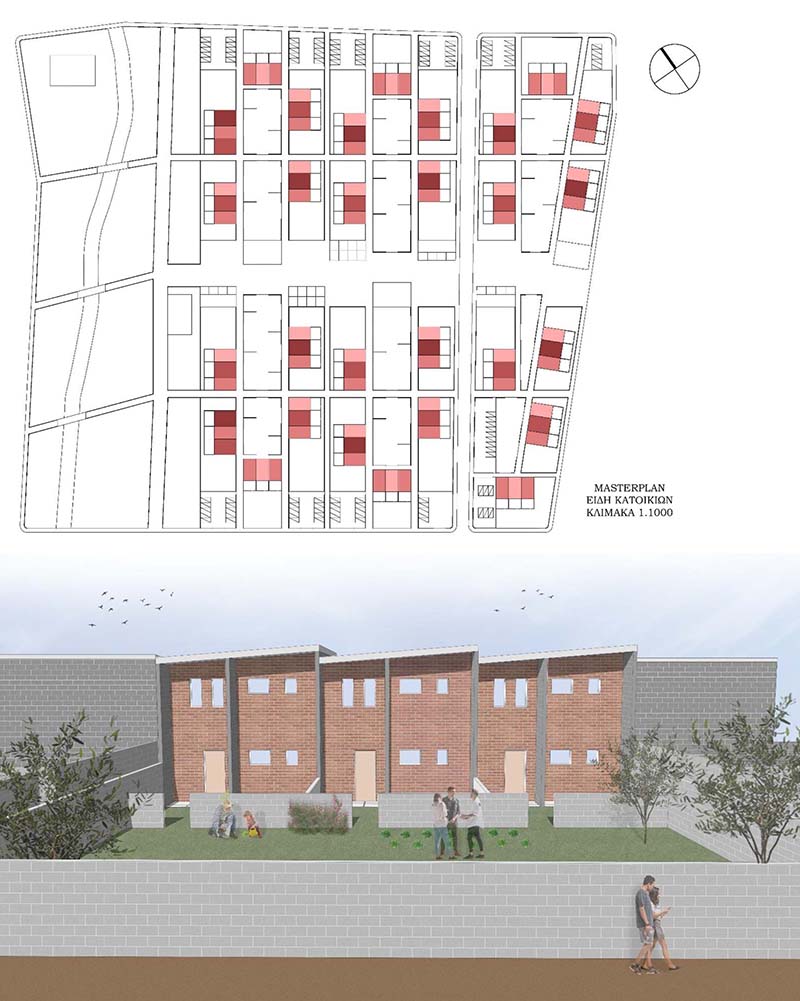

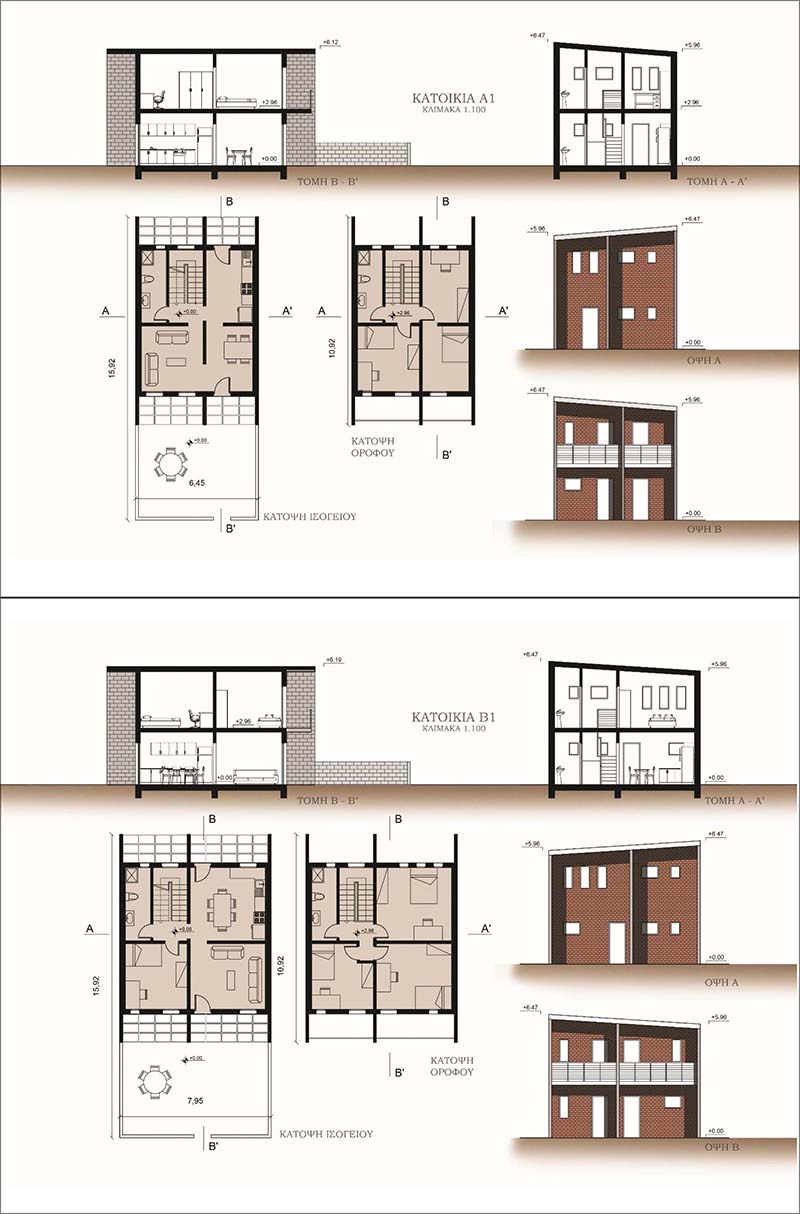



Building social housing is a crucial aspect of urban development and the creation of egalitarian societies. Social housing provides shelter for individuals and families who cannot afford the price of rent or buy a home on their own due to financial difficulties. At the same time, social housing provides health, education and social support services for its residents, improving their standard of living and social integration. To create sustainable and socially balanced housing, a people-centred approach is required which builds on and meets the needs and wishes of the residents. Through participatory planning, residents have the opportunity to contribute to the design and development of their homes and the surrounding area. By creating social housing and common spaces, interaction between residents is enhanced, a sense of solidarity is fostered and spaces are created where people strengthen their social bonds.
The main objective of this thesis is the study and design of a social housing complex combined with common areas, while meeting the needs of the area. In the first stage, the issues of social housing, common spaces and participatory design were investigated. Subsequently, an urban analysis of the selected area in Pylea (Thessaloniki) was carried out, which analysis helped in the design of the overall proposed project. Taking into account all the above data, the proposed concept for the urban design of the environment and the construction of the complex of social housing and common spaces was created.
Supervisor: Micocci Fabiano
Reference Number: 1024
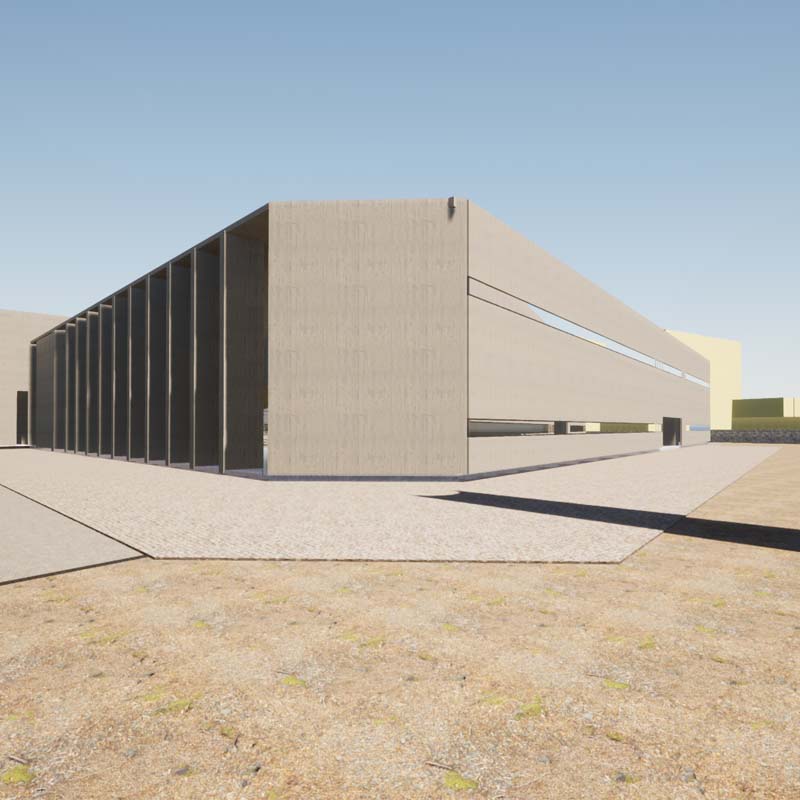

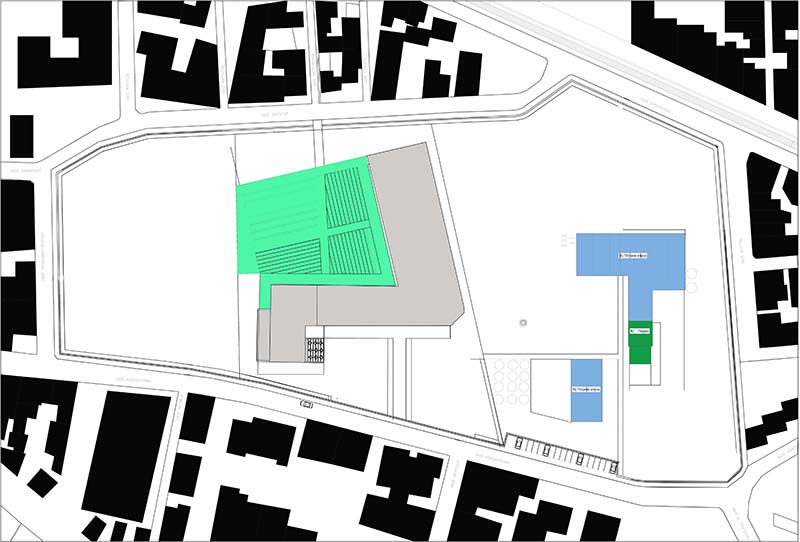

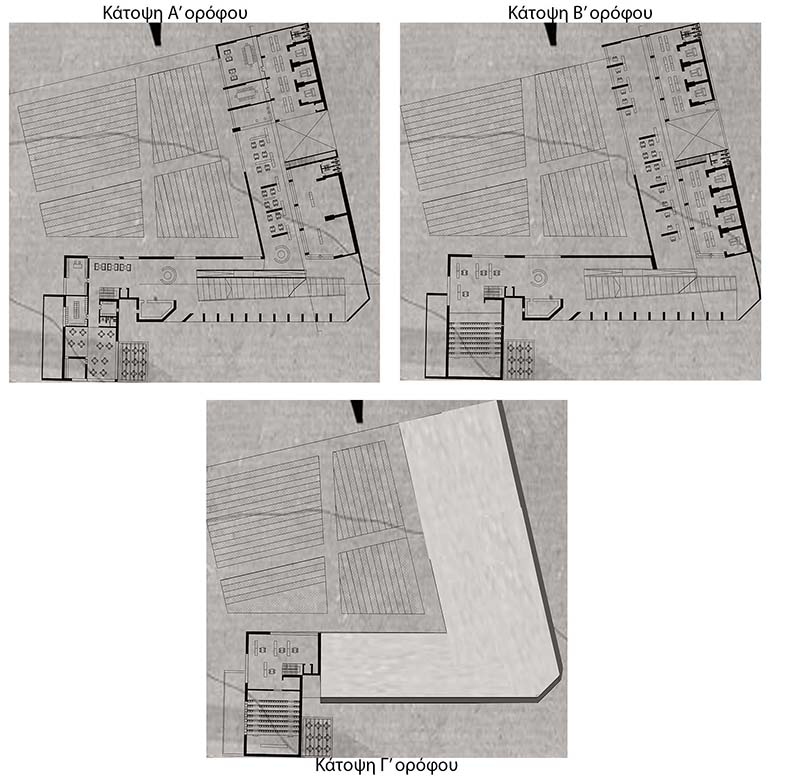

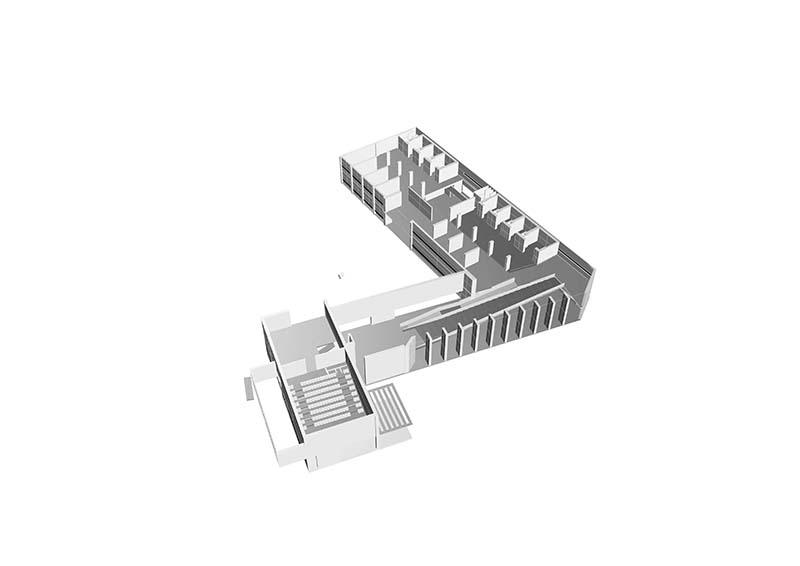

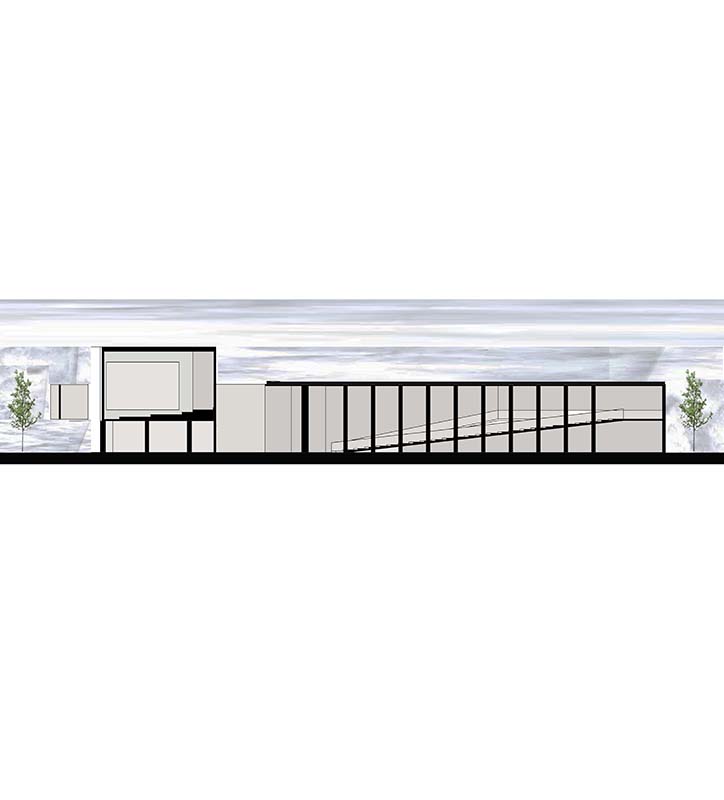

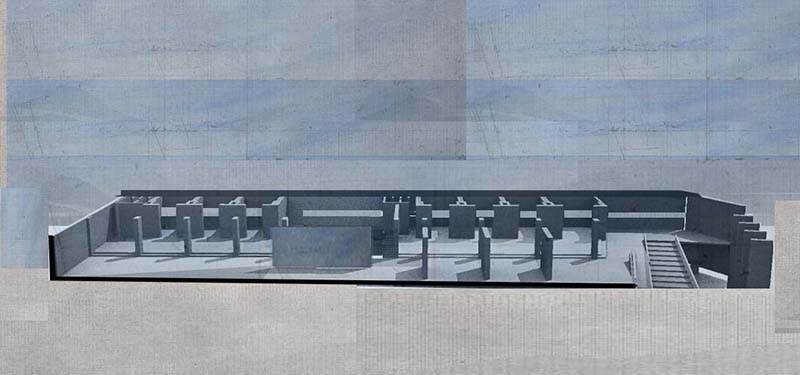

The Library is a place of study and discovery. It is also a very important part of the educational process since many students visit it at regular intervals to read or search for knowledge material. It is yet another place to exchange ideas and broaden intellectual horizons.
There are 5 libraries operating in the city of Volos. However, for the better service of the readers and due to the creation of the new building for electrical engineers and computer engineers, it is considered appropriate to constructanother building which will house the university library.
This new building will be located just outside the city of Volos in a quiet neighborhood and close to the university institutions for the convenience of the students. The building will have two stories with two entrances. The central architectural element of the building can be considered the grand staircase, which is located near the entrance.The grand staircase, in addition to the role of joining the two levels of the building, is offered, thanks to its large width, as a meeting place for students (like an informal hangout) where they can sit and chat or read. The building will also have an exhibition space, reading rooms, canteen and shops on the ground floor. Finally, it is worth noting that the building has a strong influence from the FIX brewery building in Athens, designed and implemented by the architect Takis Zenetos
Supervisor: Kanarelis Theoklis
Reference Number: 994




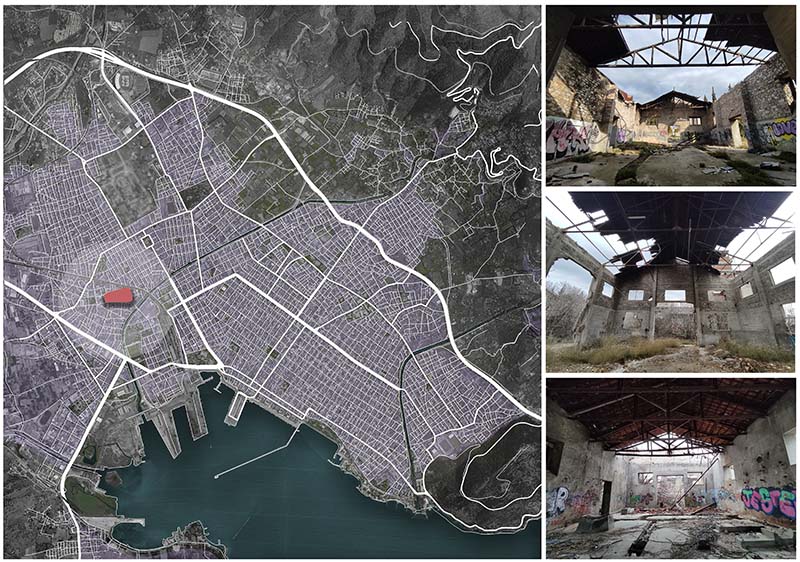



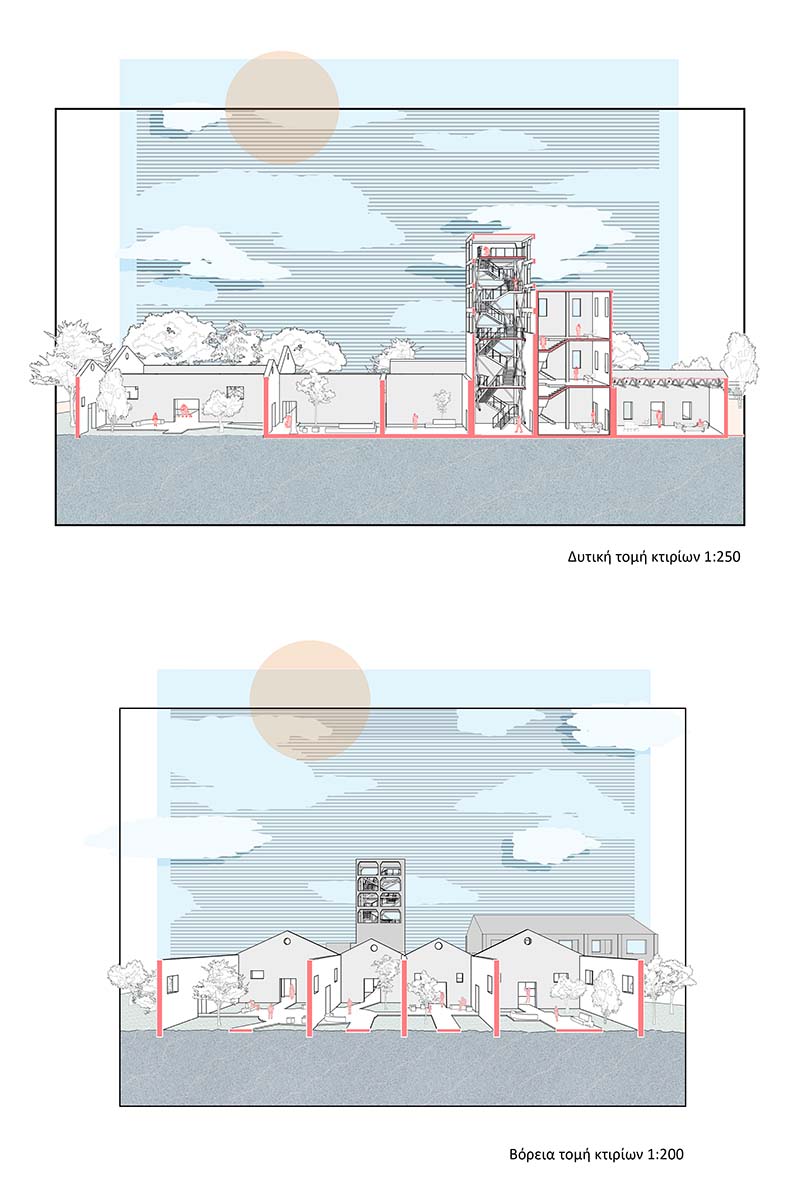



The rapid urbanization of the past decades and the increase of the built environment have changed the relationship of the city with the natural environment.The economic crisis of recent years has degraded the role of free public spaces, with the result that life in cities is now disconnected from it.This fact became even more noticeable with the onset of the covid-19 pandemic, where the limited time away from home highlighted the importance of such spaces both quantitatively and qualitatively.
Although the creation of green spaces in the densely structured urban fabric is difficult, there are not a few places and buildings that lie unused, depriving them of the possibility to cover uses and functions that satisfy the needs of modern society.In the present situation, we are taking advantage of the opportunity to utilize the neglected and time-worn plot of land of the ATHOE industrial complex.in Volos.
Therefore, our proposal stems from the need to create a green, public space in the urban fabric that meets the demands of modern lifestyles.The proposed intervention aims to create a modern urban park, open to the city, upgrading both the city itself and the lives of its inhabitants.It seeks to reproduce an active nature, an active soil that will regenerate a deserted space, with the periodicity of nature as the protagonist in dialogue with the traces of the past that led to its decline.
Supervisor: Mitroulias Giorgos
Reference Number: 996
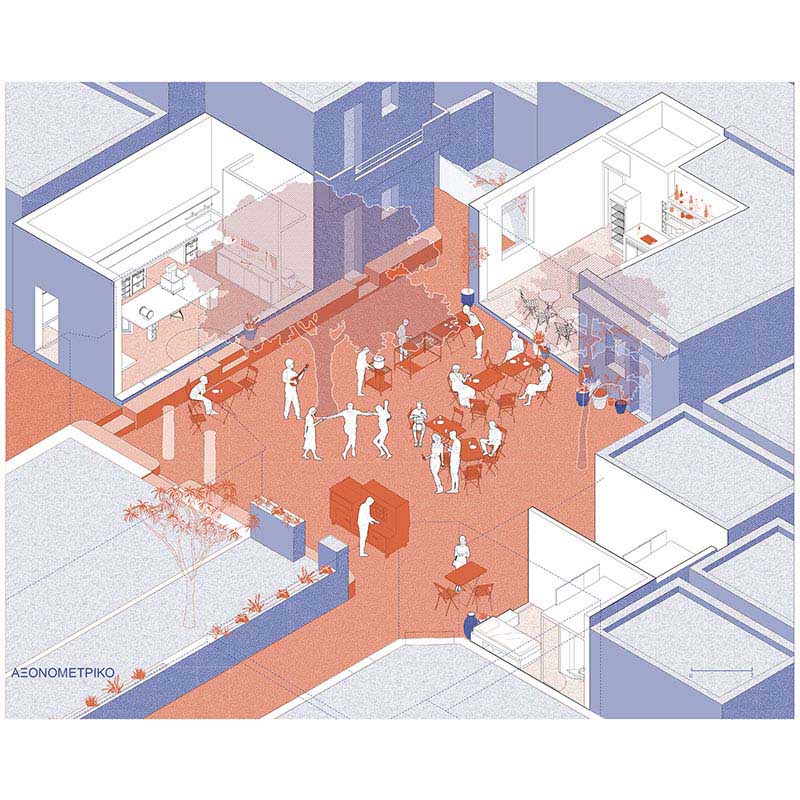

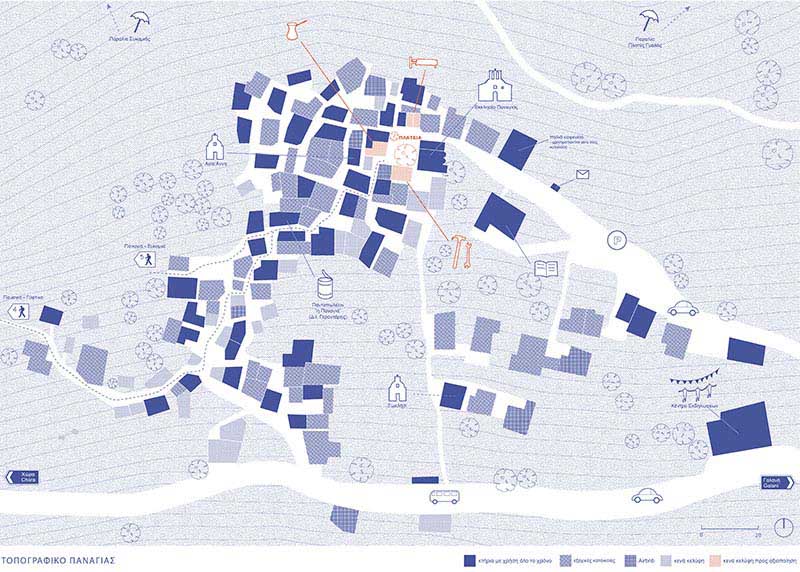

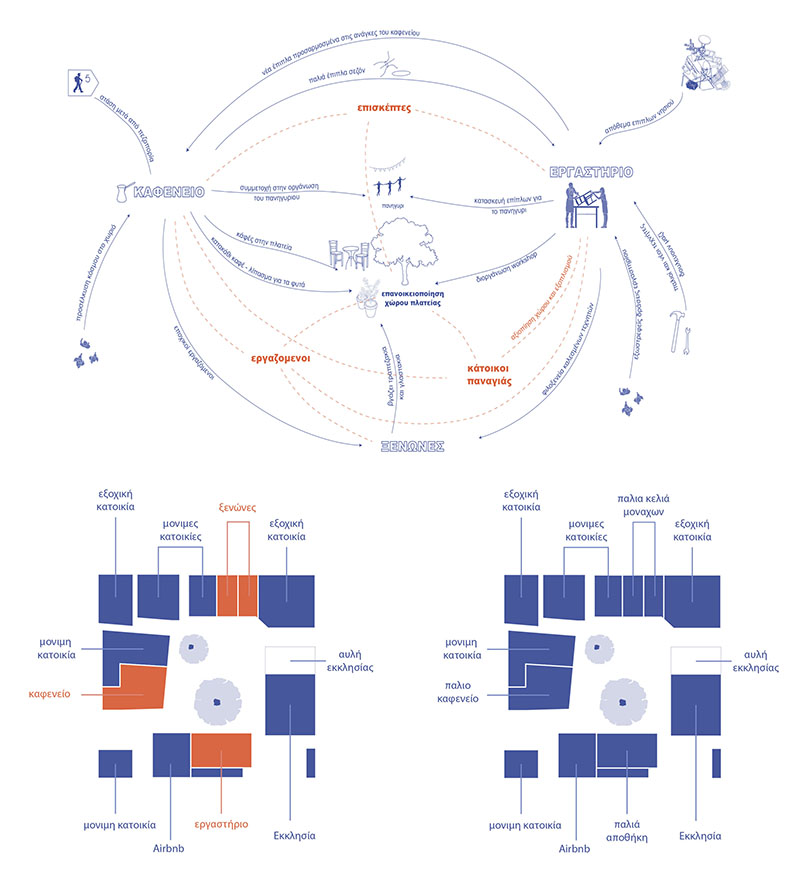

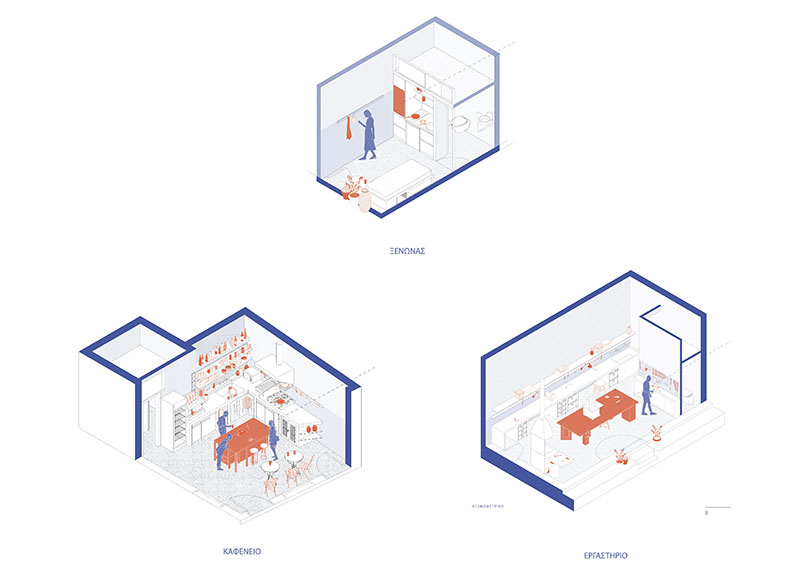

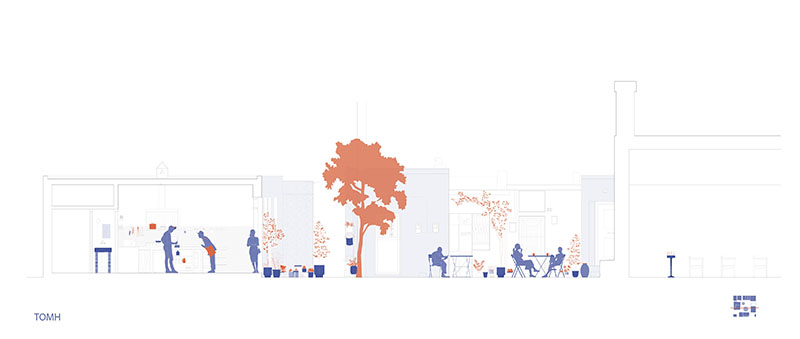



This project takes place in the village of "Panagia" on the island of Serifos, which is part of the western region of the Cyclades. We consider the societal effects of tourism, evident both in the transformation of the neighbourhood due to numerous short-term rental accommodations like Airbnb and the steady accumulation of unused objects on the island, and present a design proposal that utilises the empty shells within the ‘deserted’ Panagia square thus reappropriating this communal space. Our priorities are to understand the methods with which people traditionally gather together and incorporate them into the design, to introduce sustainable design by repurposing found objects and, ultimately, to encourage the harmonious coexistence of residents and visitors.
To this end, we propose a complex consisting of three elements: a “kafeneio” (traditional café), a wood and metal workshop, and two guest houses within the square. The operation of the “kafeneio” attracts visitors and provides hospitality services year-round. The workshop addresses the issue of the increasing volume of unused objects and offers a solution to the lack of craftsmen on the island. Finally, the two individual guest houses are supportive and can accommodate either seasonal workers from the “kafeneio” and workshop or guests who have come to organise events. In the design of all the above, furniture and objects found in the village and on the island are reused and an attempt is made to design furniture specifically adapted to the needs of the project.
With this proposal, the expected results include an increase in traffic in the square and the development of the collective identity of the space. The square is transformed from an empty passage into a permanently active space. Empty shells and neglected facades are turned into by buildings offering an open program that invites locals and foreigners to gather for various events, without altering the balances of the existing social life.
Supervisor: Gavrilou Evelyn
Reference Number: 1037
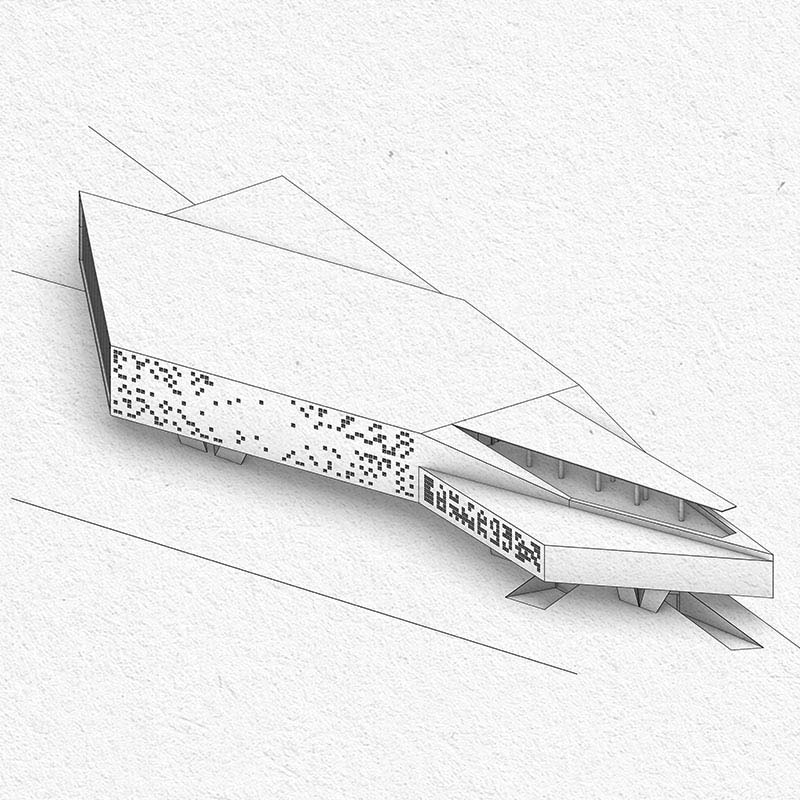

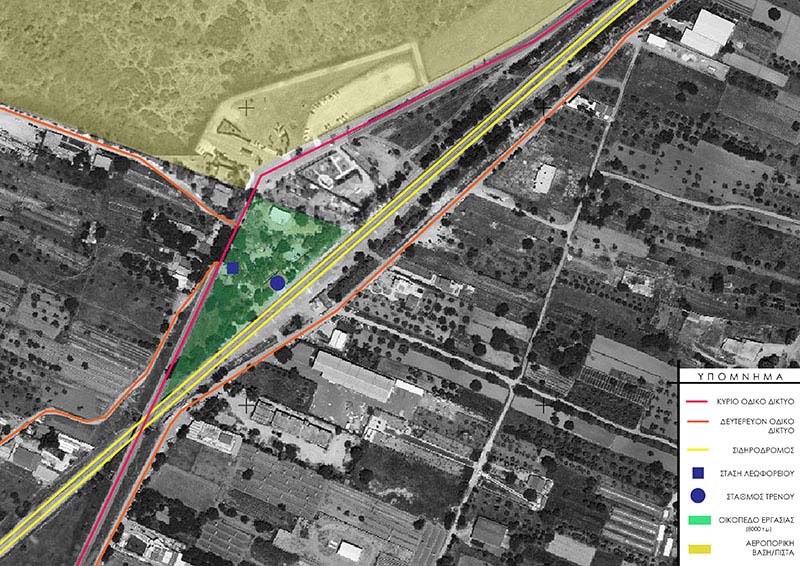



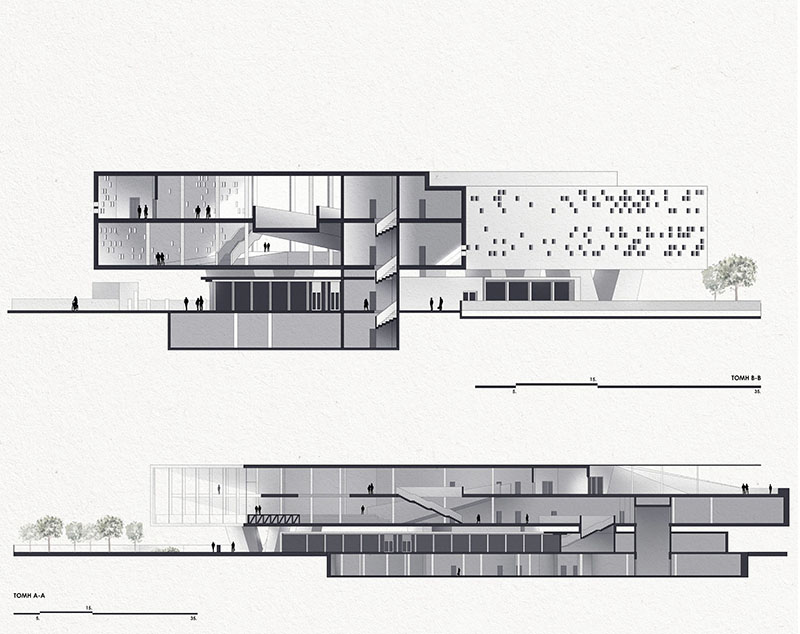



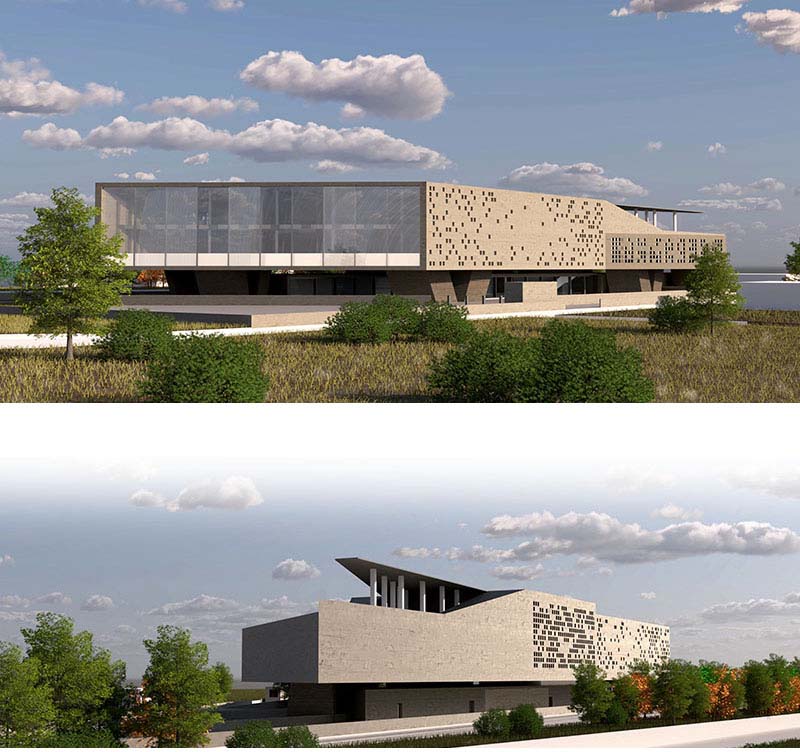

In the late 20th century, a transformative trend emerged in the automobile industry, redefining car distribution centers into inviting public spaces. Norman Foster's pioneering design of the Renault Distribution Centre in Swindon epitomized this shift, combining technological excellence with visitor-friendly amenities. The 21st century witnessed the expansion of automotive architecture, encompassing motorways, museums, and more. Automotive museums, in particular, evolved to engage with communities, tourism, education, and culture, organizing festivals and events.
Based on this information the subject of the thesis is to design a 21st century museum. The concept is underpinned by a comprehensive set of aims. These encompass preserving automotive heritage, promoting versatility, asserting dominance in the environment, ensuring accessibility via public transportation, catalyzing economic growth, and fostering community identity. The design aims to rejuvenate the site into a vibrant cultural and economic nucleus, challenging the surroundings and positively impacting the local community and broader regional development.
Supervisor: Kanarelis Theoklis
Reference Number: 1035


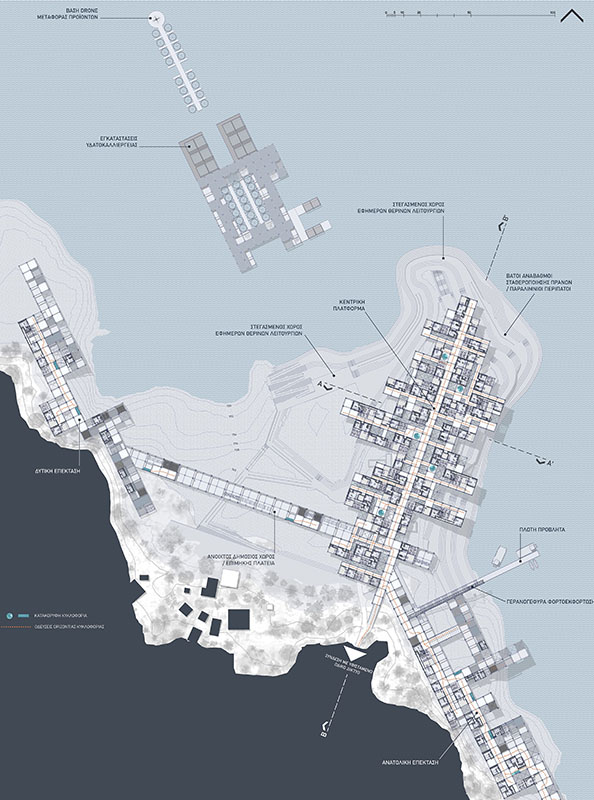

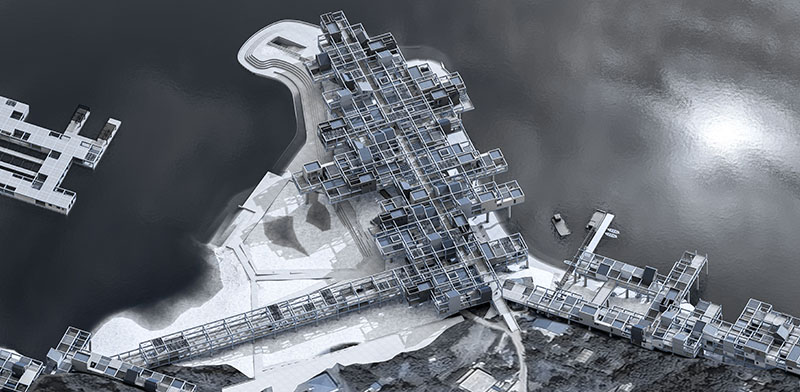

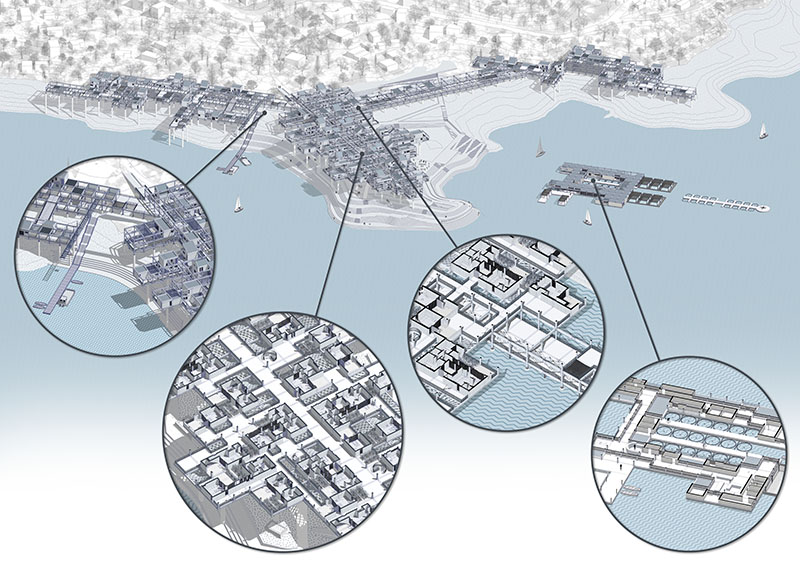



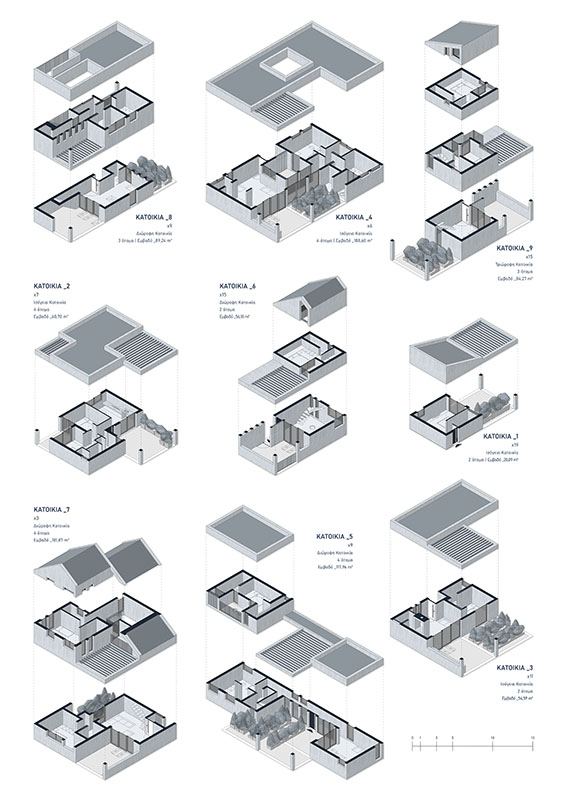

"Nerochora" is a project referring to the re search and formulation of a possible alternative scenario for the village of Mesochora, Trikala, which is threatened with partialpartial, or even complete complete, extinction due to the filling of the reservoir of the homonymous dam in the area.
This rockfill dam of pharaonic proportions, almost has been abandoned since 2001 in the heart of Mount South Pindos awaiting its blockage, which is still unknown if or when it will actually take place. It is part of a planned complex of similar mega structure interventions in the Acheloos River River, aiming at both producing hydroelectric power and partially diverting the river to meet the irrigation needs of agriculture in Thessaly. It remains the subject of intense controversy between residents of the wider region of Mesochora, environmental organizations, the state and the rural population of the lowland plainplains which holds its breath for access to more water. At the same time, it is an open wound in the natural landscape with a huge ecological impact impact. The future manman-made lake is also flooding this historic village of the area, whose inhabitants were given no more than a mix of expropriations, vague relocation theo riesries, general uprooting and possible future compensationcompensations that have been following the initial promises of the village remain remaining intact.
This paper attempts to approach the difficult equation of a possible coexistence of the village with the dam project, through redefining life in the new conditions of an emerging waterworld waterworld. Leveraging the main idea of vast pre pre-cast concrete pile grids in existing soil retaining studies, it examines the possibility of raising a part of the settlement with a simul taneous small and controlled limitation of the maximum water level. At the same time, it reshapes the "dead" zone being created by the wide range of water level fluctuation, through supportive passable land formations that creatcreate piers, lakeside walks and seasonal uses. It transforms the planned deforestation of hundreds of acres into the basic materiality of a porous wood space grid that will accommodate a new habitat and a de facto new relationship with the surrounding water. It adapts part of the planned house demolitions, into masonry memory traces of the pre pre-existing space space, which act as a bas is of ephemeral summer life. It provides for new productive activities such as aquaculture and tourism, with the aim of reactivating a decaying countryside regionregion. Above all, however, it aspires to be a potential trigger of a new round of public consultation and radical re -examination of the established practices in similar case scenarios of public interest.
Supervisor: Gavrilou Evelyn
Reference Number: 1032
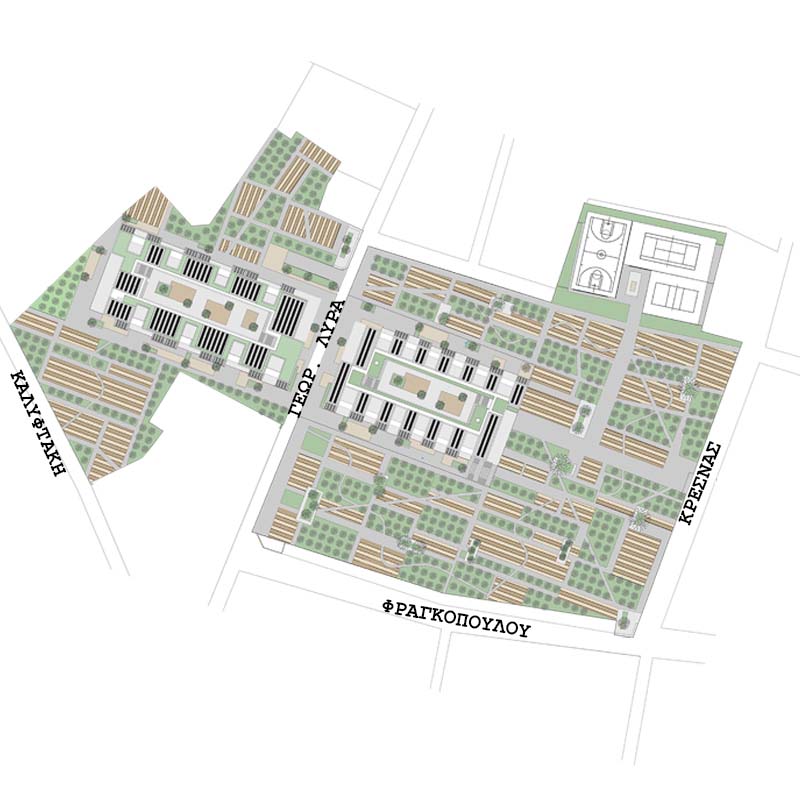





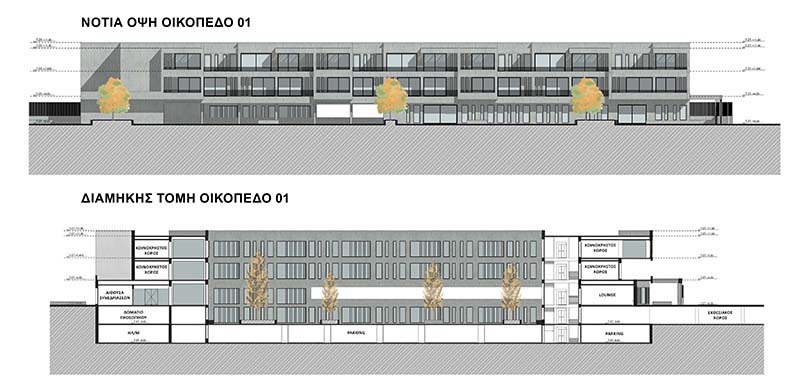



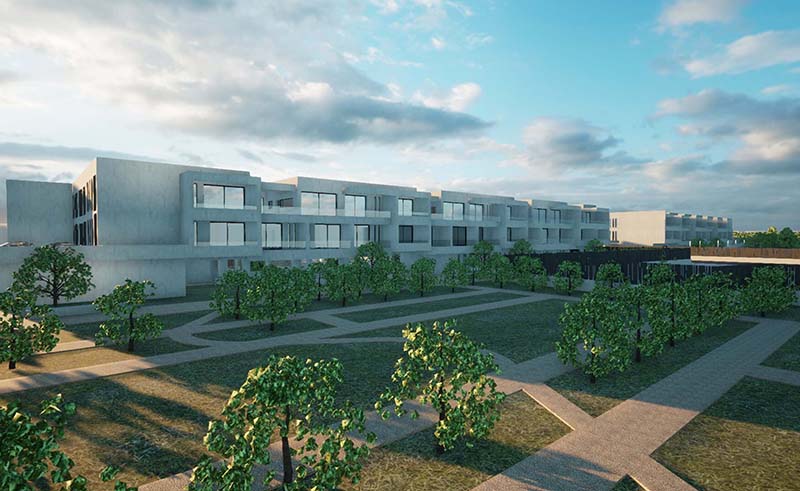

During the diploma study, two long-stay hotel units for master, doctoral students and researchers were designed. The plots are located in Kifisia. Plot 01 has an area of 10,893 m2 while plot 02 has an area of 21,314 m2 and a smooth incline of 4 meters. The plots are near Kifisia train station, Athens-Lamia national highway and next to a bus stop. The aim was to create energy self-sufficient units with crop fields in their surrounding area.
During the design part of the study, it was decided for half of the building to be sank for protection from weather conditions and to retain space for external configurations.An underground bridge, designed at 3m beneath the surface, connects the two plots while the commercial and entertainment functions are also on this level. Above the ground, the construction resembles 2 low height rises, blending with the urban design of the surroundings. A volume of 10m width was removed from the center of each rise, along their entire length and height, creating an atrium on the basement level.
The design was based on the solid and void concept and the final result was assisted by the vertical movement on the floors which is done in three ways. First with the staff stairwell placed on the outer boundary of the building, second with the main stairwell for visitors placed on the inner boundary of the building and third with a staircase that connects the ground floor with the basement and ends up in the atrium courtyard. Thus, the apartments of the tenants were placed on the outer boundary overlooking the surrounding area, while the movement corridors overlook the central courtyard of the basement.
The design for the crops fields, are small plots separated by alleys that end up to platforms with dense natural shade, while in plot 02 public sport courts are added. Finally, the overall environmental footprint is reduced by the use of locally sourced construction materials, the use of solar panels on the roof for self efficiency in energy and the utilization of leftover crops as fertilizer.
Supervisor: Stylidis Iordanis
Reference Number: 1007

